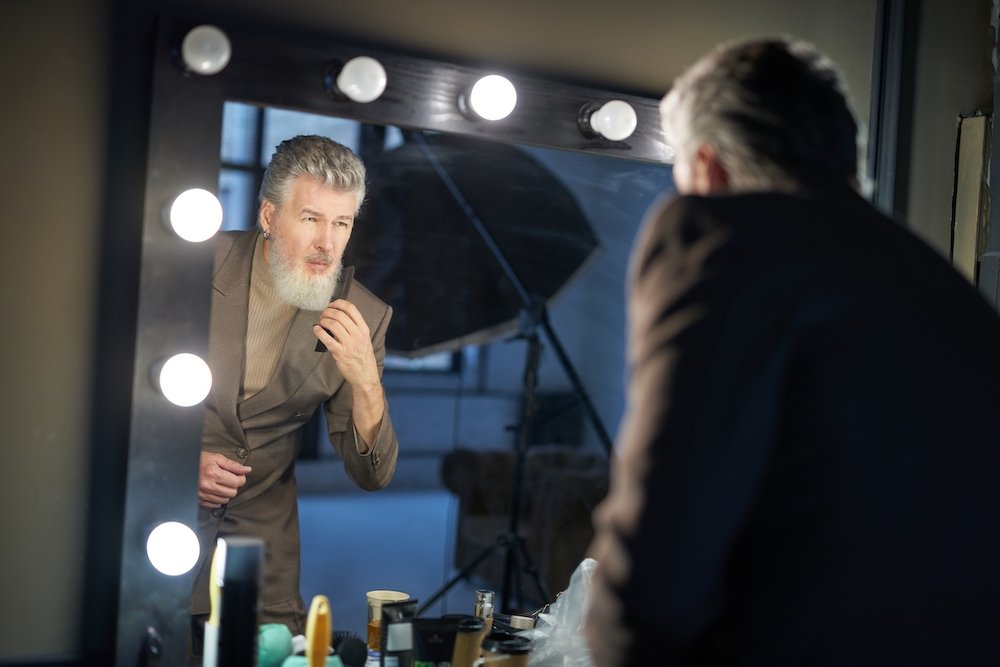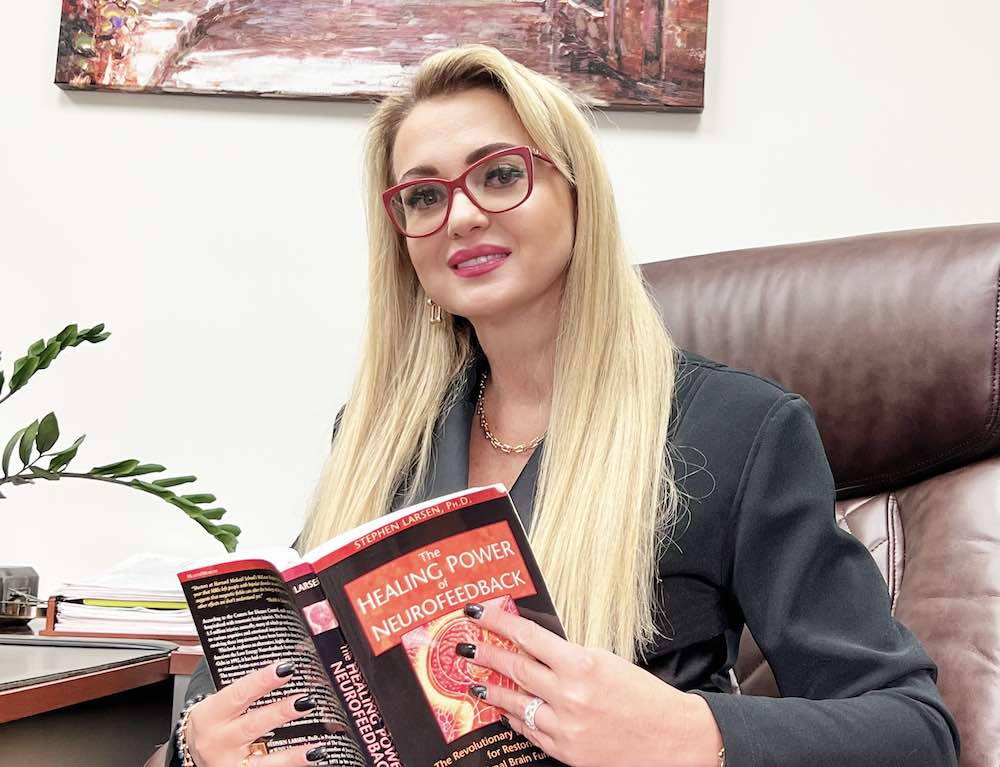Discover how Justin Timberlake, Adam Levine, and Channing Tatum harnessed their atypical brains to succeed and inspire others. Unlocking the Potential of ADHD: Insights from Neurofeedback Expert Yana Sorsher.
We all want fast fixes to all of our problems. Our children’s behavior and academics are not an exclusion. Parents struggle at home with attempts to apply the parenting methods they were raised with, which can result in frustration when not effective. Being a parent is difficult enough without having teachers encouraging pharmaceutical intervention to make their jobs easier.
Who wouldn’t when you have a classroom full of rambunctious kids that you want to sit still for 8 hours straight. Parents follow school referrals and take their children to the psychologists, who announce the verdict of ADHD after taking 6 hours of subjective testing, which most of the time doesn’t even reflect the objective problem which is responsible for the child’s behavior.
The next step is a referral to the psychiatrist, a doctor that prescribes psychotropic medication based on symptoms and self-report, in this case the teacher’s report. They typically do not use qualitative tests to fully decipher the root cause of the symptoms which could range from sleep deprivation to vitamin deficiency. Can you imagine a cardiologist, or any other doctor, who operates in this manner? Can any other doctor prescribe you medicine without any tests, just by asking you questions? Why is your brain, arguably the most important organ in your body, being treated with less accuracy and attention than the heart, stomach, or leg?

What is most upsetting is that they often encourage a prescription for ADHD medication, which is often an amphetamine, aka, “kiddy speed.” It is definitely a quick fix… for everyone except the child. The truth of the matter is that children on ADHD medicine report feeling like a zombie not themselves. They don’t have an appetite, often lose weight, look smaller for their age, and feel low energy. They have difficulty in shifting focus, poor time management, they lose productivity and track of time, they need constant reminders and easily get overwhelmed.
Many of the children get stuck in negative thoughts, have excessive worrying and low self-esteem, they can be inflexible, and demonstrate obsessive and augmentative behaviors. According to the research children on ADHD medication lose 10% of their IQ, lose their leadership skills, but become obedient and quiet. But the most disadvantages of ADHD medicine is the fact that medicine affects the pituitary gland in such a way that it inhibits production of sex hormones and hormones of growth. As a result, many have problems with sterility in adulthood.
All and more side effects are listed in the ADHD medicine, but who reads it. We have been conditioned to trust our doctors and teachers without question from our childhood. They are after all the experts they know better, and we don’t ask ourselves a question “do they look for the best interest of my child?”. When behavior and academics became more important than physical and emotional well-being and health of your child? Why don’t we parents think ahead in our children’s future? What will we say to ourselves when ADHD children won’t be able to conceive children on their own? Was it really worth it? Exchange good grades and behavior of our children for their inability to have our grandchildren?
Fortunately, there are some psychiatrists and helping professionals who pride themselves on getting to the root of the problem by using QEEG testing or brain mapping to see the brain in action. Oftentimes they find that an ADHD diagnosis is really something else, even though the symptoms present the same way. According to neuroscience there is only one way to objectively conclude whether your child has ADHD. It is the ratio of measured EEG waves of the brain in a specific region. It is also important to mention that there are seven subtypes of ADHD according to the brain function as found by the research. The medications on the market are typically formulated to treat only one and a half of them. This is why we often see side effects and a possible worsening of your child’s symptoms and behavior when a child does not have that specific subtype of ADHD.
While your child’s school, psychiatrist, and psychologist view ADHD as your child’s disease, which needs treatment in the form of psychotropic medication, our history and our contemporary life shows multiple examples that ADHD can be a gift and talent. It can be said that a child with ADHD may have superpowers. People with ADHD have enormous capacities that people with neurotypical brain wiring do not. ADHD talents can be observed as leadership skills in CEOs, artistic skills possessed by famous singers and artists, athletic skills seen in professional athletes, and hyperfocus on knowledge often found in STEM professionals. Who are these people who opted out of traditional “treatment” and utilized their talents? What sets them apart from the crowd? They used the superpowers of their ADHD to reach their potentials, follow their dreams, and enjoy their work.
Some famous CEOs that have ADHD: Bill Gates, Walt Disney, Richard Branson, IKEA founder and chairman Ingvar Kamprad, JetBlue founder David Neeleman, Cisco Systems CEO John T. Chambers, Jim Carrey, and Howie Mandel. Some of these people are well known billionaires who built a phenomenal business empire… by using their ADHD gifts.

Some famous Scientists with ADHD: Albert Einstein The Father of Modern Physics, Galileo Galilei Father of Observational Astronomy, Ted Nelson Pioneer of Hypertext, Bill Gates Microsoft Co-Founder, and Stephen Hawking, just to name a few.
Some famous Athletes with ADHD: Simone Biles, Michael Phelps, Terry Bradshaw, Kevin Garnett, Michelle Carter, Molly Seidel, Justin Gatlin, Brittney Griner, Chris Mazdzer, Cammi Granato, Andres Torres, Louis Smith, Nicola Adams, Ashley McKenzie and Scott Eyre. All didn’t let their label stop them.
A few famous celebrities with ADHD list: Justin Timberlake, Adam Levine, and Channing Tatum. They don’t let their atypical brains prevent them from connecting to people through their art!
Hopefully this list of past and present successful individuals who have ADHD has inspired you. Who do you want your child to be? What is it that your child is passionate about and wants to accomplish in life? Through perseverance and hard work, your child can reach well beyond what you thought possible. What will fulfill your children is most likely the opportunity to pursue their dreams, explore their creativity, and fulfill their unique potential. I don’t know about you… but teaching children to use their gifts instead of masking them with psychotropic medication might be the best option. So how do we do this? How can you help your child reach their own potential using their own talents? How can you teach your kids to hone in on these super powers of hyperfocus, trusting their intuition, and diving deep into interests?
Neurofeedback training is very effective with treating ADHD. It prompts the brain to produce healthy brain waves. It has been founded by NASA, allows people to feel their best without pills. Neurofeedback has helped millions of children and adults to self-regulate brain activity. It is safe, painless, non-invasive, side-effect free and drug-free alternative treatment which has been researched and proven since 1968. Neurofeedback therapy is a method of self-regulation that connects the mind and the body without changing your personality or growth and development. Neurofeedback can help enhance control over the way our mind works by providing neurological feedback directly to your brain. This is achieved through positive audio or visual feedback for properly functioning brain activity, while negative audio or visual feedback is used for inefficient brain activity.
The device used is called an electroencephalograph (EEG) which measures the different frequencies of the various brain waves. Electrodes from the EEG will be attached to one’s head. Note that the electrodes do not deliver an electrical current; therefore, they don’t produce any negative sensations, pain and side effects free.
Neurofeedback can help your child learn to pay attention for longer periods of time, have less impulsive speech or behavior and to sit still when desired. Using extensive knowledge of computational neuroscience, neurofeedback and detailed initial evaluation, a specific protocol will be designed for your child’s brain parameters tailored to your child’s individual brain activity. Each session is utilizing scientific protocols which have been rigorously tested. Training session consists of a computer game, which your child plays with eyes open, or eyes closed while listening to the prompting beeps. During each session the child is connected to the computer with the electrodes and plays the game with the EEG not with the hands.
Neurofeedback organizes brain activity and helps all the brain waves to become more cohérent. Neurofeedback can help your child’s brain to be more clear, more calm, more focused and alert, which can be trained to the cruise control level. Neurofeedback is helping to improve brain function without changing main characteristics or personality trays.
Neurofeedback is proven to be safe and other than feeling a little tired after a session, there are no side-effects to this brain training technique. Unlike certain ADHD medications, Neurofeedback therapy has the advantage that it does not cause sleep problems but on the contrary actually it may improve sleep, stomach pains, nausea or agitation. The efficacy of Neurofeedback relies on a gradual and natural learning process in the brain, like learning a musical instrument or sport. Once the new brain activity has been learned, the positive effects can be sustained. Think of it like a “gym for the brain“.

Yana Sorsher, MSW, is among South Florida’s most experienced and renowned neuro-therapists with over 20 years of experience and 30,000+ successful clients. Yana is the founder of Psychological & Neurofeedback Center in Miami, Florida. She loves her job and takes the search for the solution very seriously with each new client. She uses the Neurofeedback system to train clients in the office and gives Biofeedback as homework to teach and train better self-regulation. Mrs. Sorsher views the recovery of each child not only in brain activity, but also in the family dynamics. She works very closely with the patients helping them find best parenting strategies and techniques to suit their child’s needs. In her practice she uses only objective science-based methods that have proven to work based on EEG activities of the brain. Mrs. Sorsher has established a step-by-step program which helps people become the best themselves that they could be, utilizing their talents and skills, sometimes discovering new talents and reaching their goals and potential. Currently she is working on a book which can help many more people self-regulation and improve their emotional and cognitive state. For more information please go to HealthyBrain4you.com



